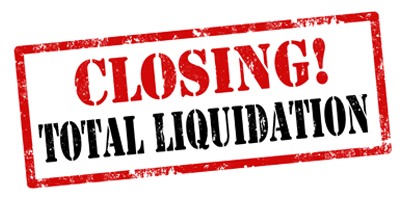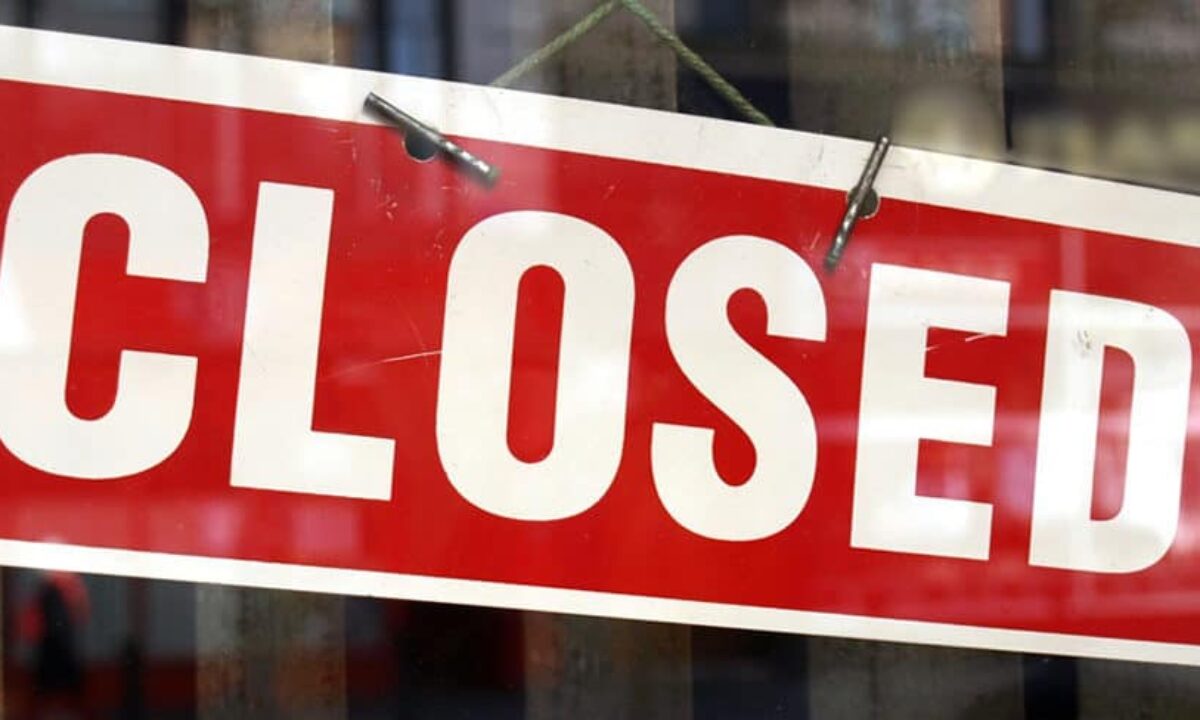Not known Details About Company Liquidation
Not known Details About Company Liquidation
Blog Article
The 3-Minute Rule for Company Liquidation
Table of Contents4 Simple Techniques For Company LiquidationUnknown Facts About Company LiquidationSome Known Incorrect Statements About Company Liquidation The Definitive Guide to Company LiquidationSome Known Questions About Company Liquidation.
A liquidator is specifically selected to manage the ending up of a business's affairs in order for it to be shut down normally when the company is going insolvent. The liquidator is an objective 3rd party that supervises the sale of company properties in order to settle any kind of outstanding debts.Their role includes, however is not restricted to: Impartial Overseer: A liquidator is entrusted with serving as an unbiased third event to manage the whole firm liquidation procedure. Produce Declaration of Affairs: Liquidators must produce a detailed statement of affairs document. This paper is distributed to lenders, detailing the present economic standing of business at the time of its liquidation.
After the liquidation of a business, its existence is eliminated from Companies House and it stops to be a lawful entity. If directors navigated the process without problem, there would be no penalties or individual responsibility for firm financial obligations anticipated. Currently, with a fresh start, directors can explore new company opportunities, though specialist consultation is advisable.
Unknown Facts About Company Liquidation
If even more than 90% of all firm shareholders agree, liquidation can take location on brief notification within seven days, the minimal statutory notice for creditors. Typically, the bigger the liquidation and the even more properties and resources the business has, the longer the procedure will certainly take.

We understand that no two firms coincide, which is why we will put in the time to get to know your organization so we can suggest the very best strategy for you. We only function in your benefits, so you can be entirely confident in the service we offer.
Company Liquidation - The Facts
In the UK, there is an established process to folding or restructuring a minimal business, whether it is solvent or bankrupt. This procedure is called liquidation and can only be managed by a qualified insolvency expert (IP) in accordance with the Insolvency Act 1986. There are 4 primary kinds of company liquidation process: Financial institutions' Volunteer Liquidation (CVL); Mandatory liquidation; Management; and Members' Voluntary Liquidation (MVL).

In these conditions, it is essential that the company ceases trading; if the organization remains to trade, the supervisors could be held directly liable and it might result in the insolvency professional reporting wrongful trading, known as misfeasance, which might lead to lawsuit. The directors appoint an insolvency practitioner and once this has actually been agreed and verified, there is a conference with the shareholders.
Naturally, if there are no shareholders, this step of the procedure is not needed (Company Liquidation). The IP takes control of the company and starts the business liquidation procedure. The directors are no more included in what takes place, consisting of the sale of the firm's possessions. If the supervisors desire any of the assets, they can alert the IP.
Some Ideas on Company Liquidation You Should Know
The main difference is that the business's financial institutions put on the court for a winding up order which forces the bankrupt firm into a liquidation process. In many situations, creditors take this action as a last hope since they have not obtained settlement via other forms of settlement. The court assigns an insolvency expert, also referred to as a main receiver, to carry out the obligatory firm liquidation process.
This type of business liquidation is not voluntary and directors' conduct is reported to the UK's Secretary of State once the liquidation process has been completed. Any supervisor that stops working to work together with the IP or has actually been involved in director investigate this site transgression, or a fraudulent act, might result in major repercussions.
It is used as a way to safeguard the company from any lawful activity by its creditors. The directors of the business concur to make regular payments to settle their debts over a period of time.
Company Liquidation Fundamentals Explained
This provides the business with time to develop a plan going forward to save the firm and stay clear of liquidation. At this point, directors hand control of the firm over to the find this assigned administrator. If a firm is solvent however the supervisors and shareholders wish to close the business, a Participants Voluntary Liquidation is the right alternative.
The company liquidation procedure is handled by a liquidator appointed by the directors and investors of the firm and they should authorize a declaration that there are no lenders staying. The liquidation procedure for an MVL is comparable to that of a CVL because assets are know but the proceeds are distributed to the supervisors and the investors of the firm after the liquidator's fees have actually been paid.
Report this page